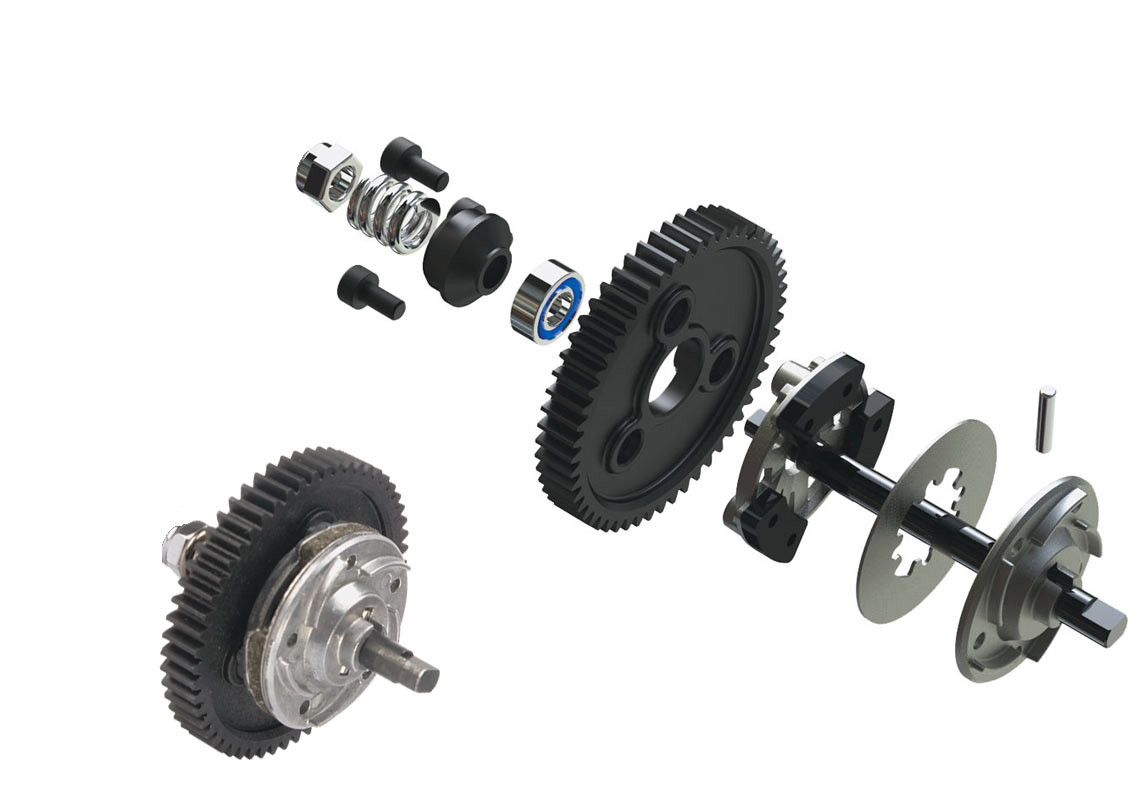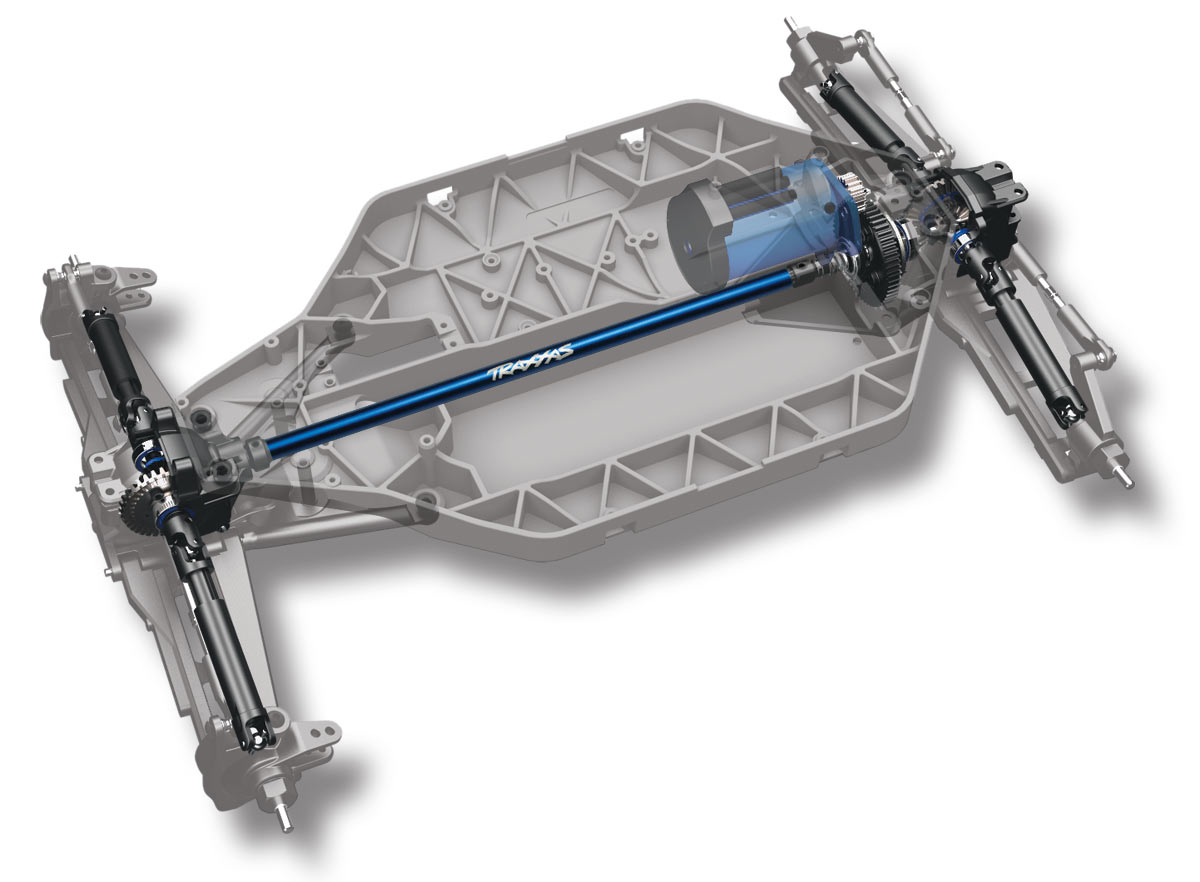Slipper Clutch
This thing is worn out on my F1TENTH?
The slipper clutch regulate the amount of power sent to the drive wheel. This helps with 1. preventing tire spin with fast accelerations 2. reducing the stress on the gears with sudden changes of speed It also works the other way around, reduce the stress from the wheels to the motor, in case the wheels, for example, suddenly hit something and completely halt the motor. The slipper clutch will absorb some of that energy from the supper fast deceleration.
I think the best explanation is from this video, where he shows the thing moves starting at 7:30. Or for the F1TENTH which uses the Traxxas Slash 4x4 as the chassis, check out this video starting at 13:08.

Note
The nut is what tightens the spur gear with the slipper clutch. So the spur gear can turn at a different RPM than the slipper clutch.
The slipper clutch is actually what is connected to the driveshaft, NOT the spur gear.
What about for 4x4? Don't we install 2 slipper clutches?
I noticed that the Traxxas 4x4 doesn’t have a slipper clutch for the front. Why not? Since it’s an all wheel drive, you would also want to allow the front wheels to slip, no?
ANSWER: Remember the pinion and spur gear setup on the Traxxas?
You see these are at the back of the car? So the rear wheels are the ones that transfer most of the power to the ground.
The point of slipper clutches is to absorb the energy from sudden changes in speed. Front wheels typically receive less power and experience less stress, making it less necessary to have a slipper clutch for the front wheels.
Other things:
- too much slip in the front wheels can reduce steering control and make the vehicle more difficult to handle
- installing two slipper clutches would add complexity and cost to the vehicle’s design and maintenance
Links
- Slipper Clutch Maintenance and Troubleshooting by Traxxas
- RC Slipper Clutch Systems - How To Adjust, How They Work & More!
- What is the Purpose of a Slipper Clutch on an RC Car (article)
- Slash 4x4 - Slipper Clutch Explained & Upgraded! E-Revo & Aluminum Parts (25 mins)
- Beginner Tutorial Traxxas Complete Slipper Clutch Assembly Installation adjustment Slash 4x4 TRA6878 (6 mins)
NO, turns out, it was just that the motor was loose between my pinion and spur gear.
